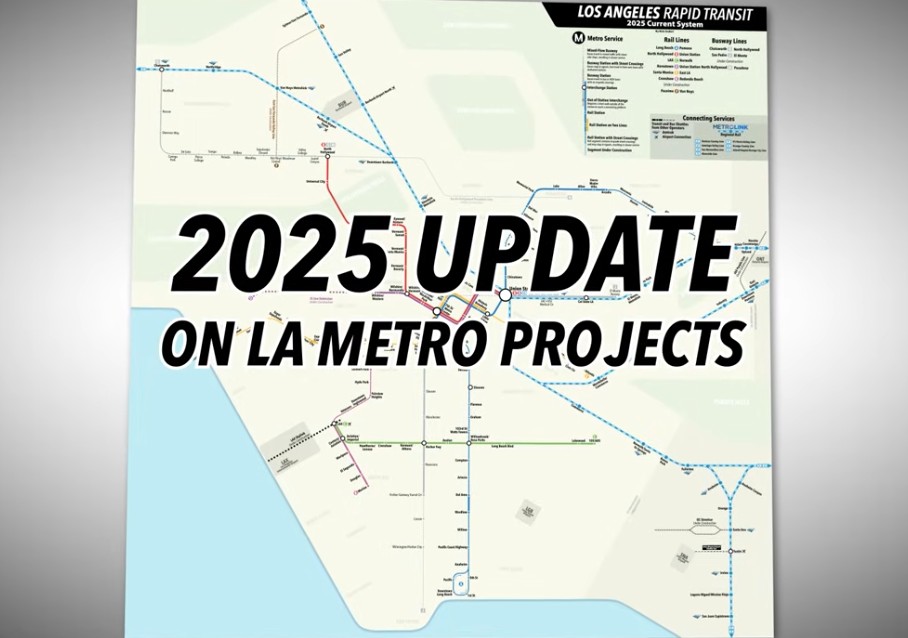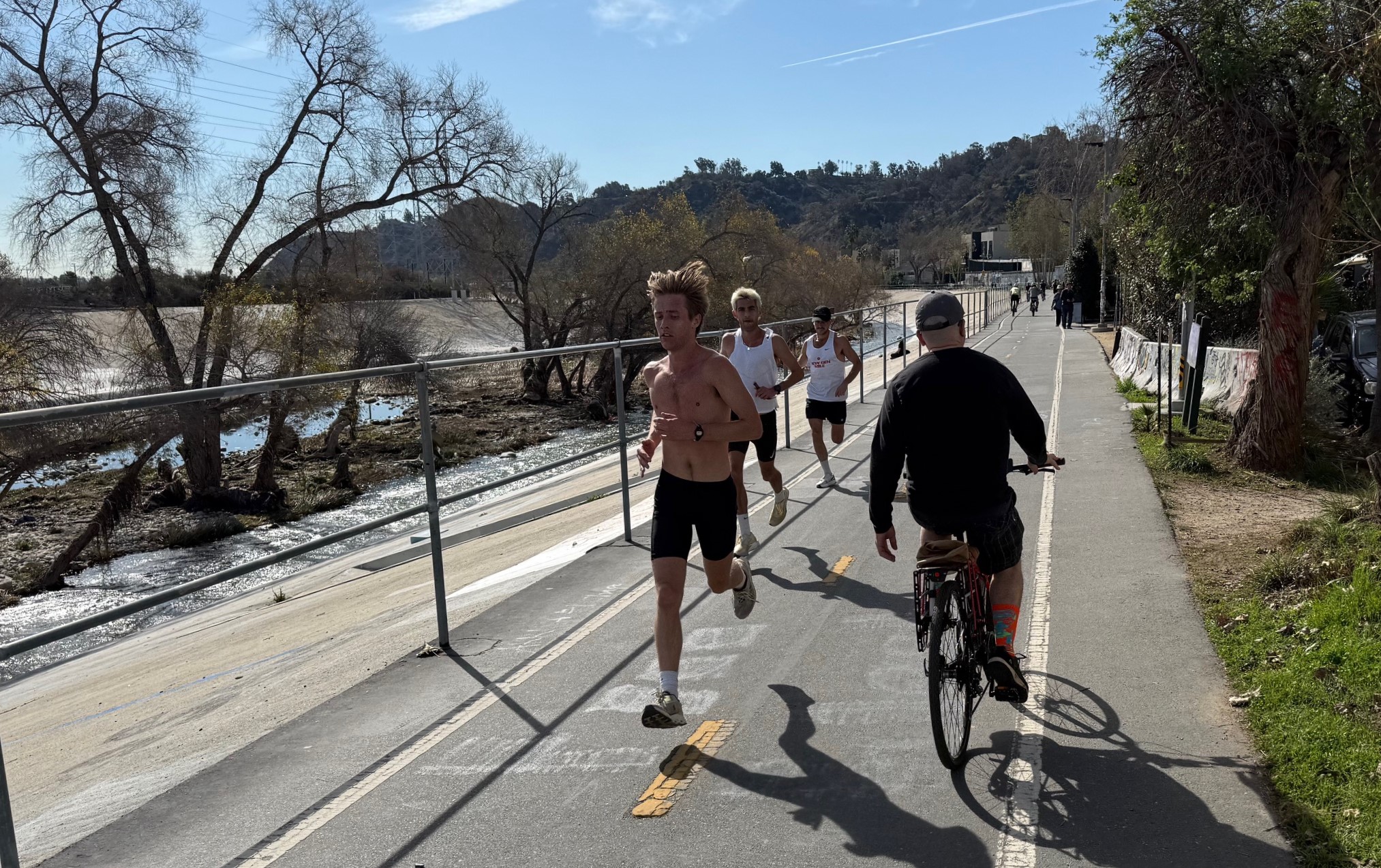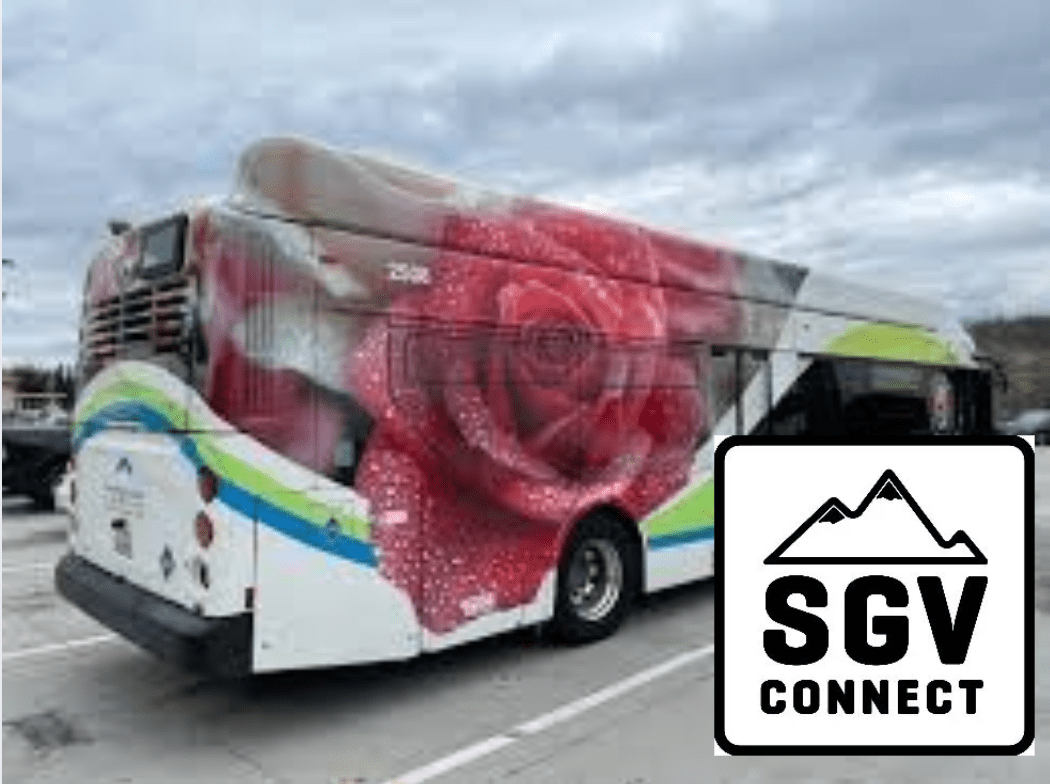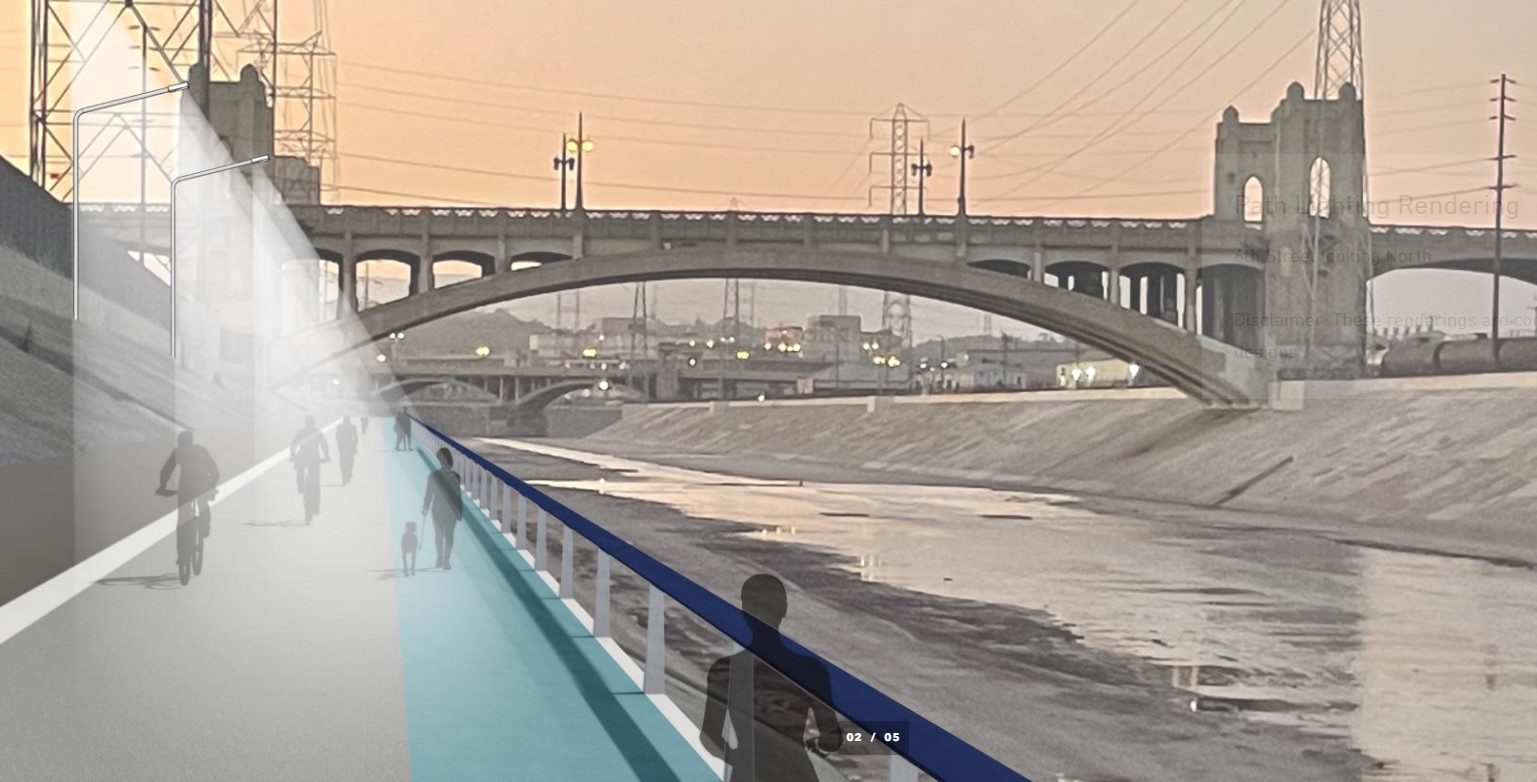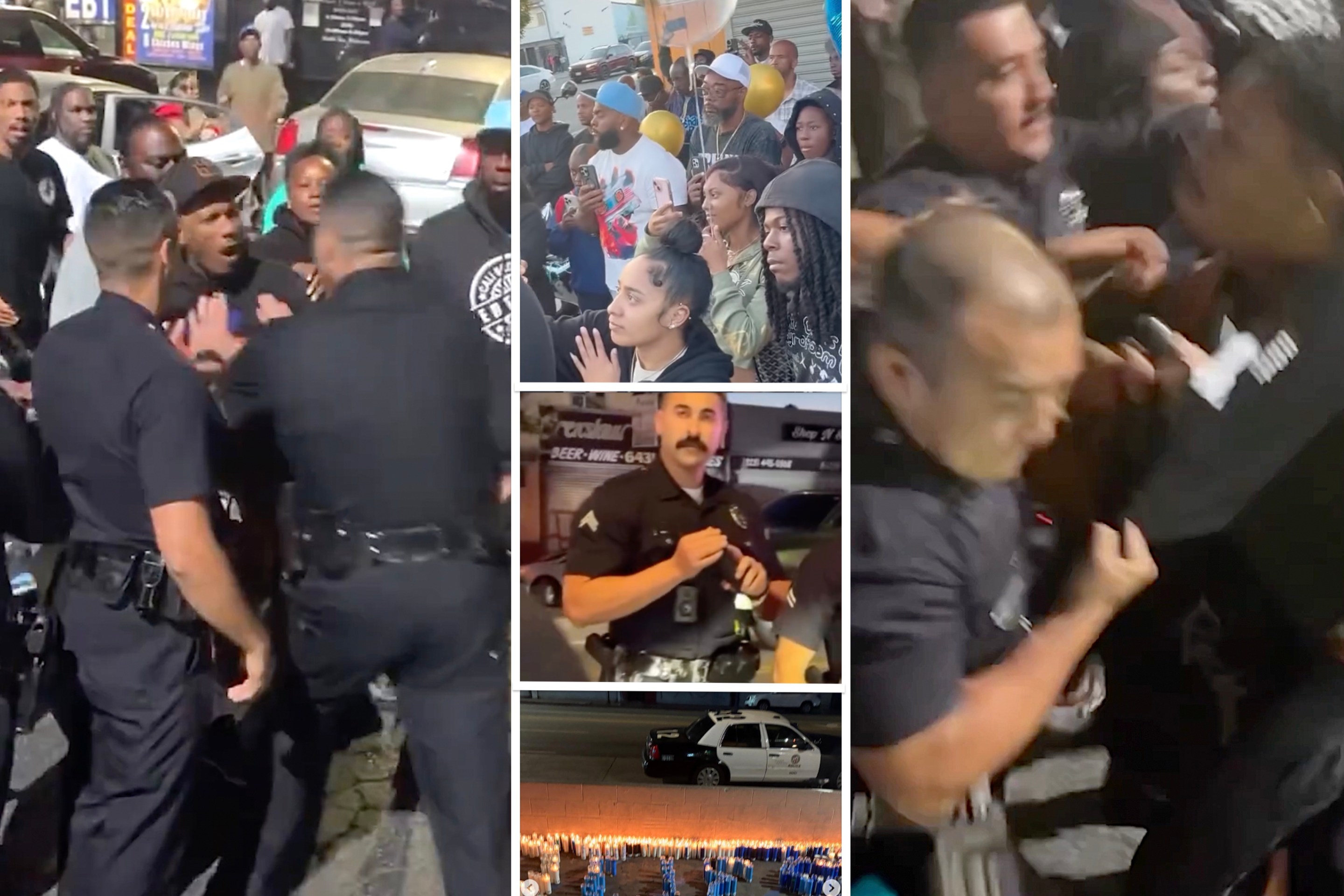Remember road widening?
It's harmful to city budgets, pedestrians, cyclists, climate, air quality, historic preservation, etc.
Last year both the L.A. City Council and even the state of California voted to stop harmful spot-widening. The state effectively banned cities from requiring developers to widen roads at new infill housing projects. The city (mostly) stopped requiring developers to widen roads at new projects.
But the city didn't actually stop widening roads. SBLA has noted 2025 road widening - examples in DTLA and in Los Feliz - for private housing developments already in the pipeline when city and state law changed.
Then there's the widening that's "coming from inside the house."
The city doesn't just require developers to widen; in many cases the city does the widening. Some of this is along city projects, including bridges, parks, libraries, bike/walk paths, etc. And in many places the city still undertakes projects that widen streets to increase car capacity.
The L.A. City Public Works Department Bureau of Engineering is wrapping up construction on a $3 million project widening about 500 feet of Balboa Boulevard in the San Fernando Valley neighborhood of North Hills. In order to add more car lanes, the project widens the roadway by narrowing the sidewalk.

From the city's project description, the under-construction project will:
...widen the east side of Balboa Boulevard for approximately 0.1 mile south of the Balboa Boulevard and Devonshire Street intersection ...by narrowing the existing sidewalk on the eastside of Balboa Boulevard from 13 feet to 10 feet, and restriping the roadway to accommodate dual left-turn lanes in the northbound and southbound directions of Balboa Boulevard. The widening will require the relocation of one traffic signal and the removal of 7 street trees.

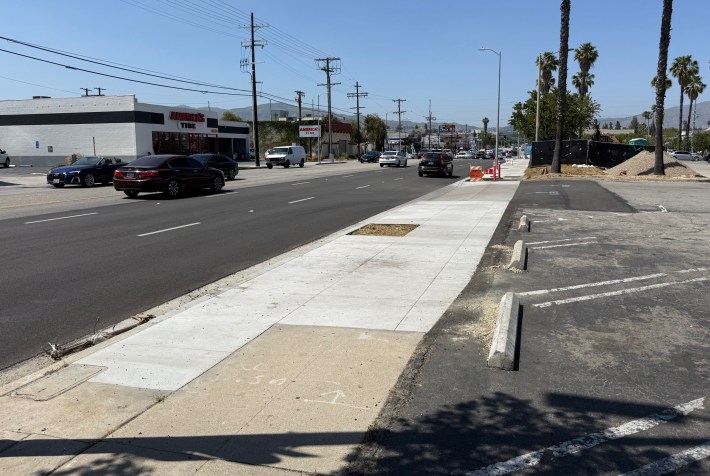
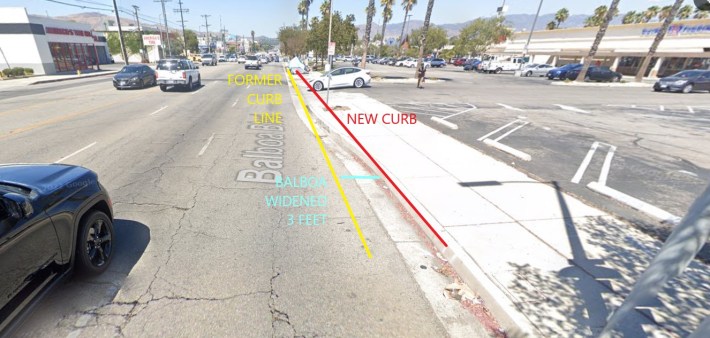
Streetsblog visited the site in late May. City sidewalk and street construction appears nearly complete. New dual left-turn lanes will likely be striped soon.
What's the big deal, it's just three feet?
What's telling are the trade-offs that the city is making for this project. The Bureau of Engineering is overruling the city's approved plan - favoring driving over walking and bicycling.
To show the trade-offs, one has look into the city's plan for this street, specifically the city's 2015 Mobility Plan [pdf]. The city designated this stretch of Balboa as a "Boulevard II" .
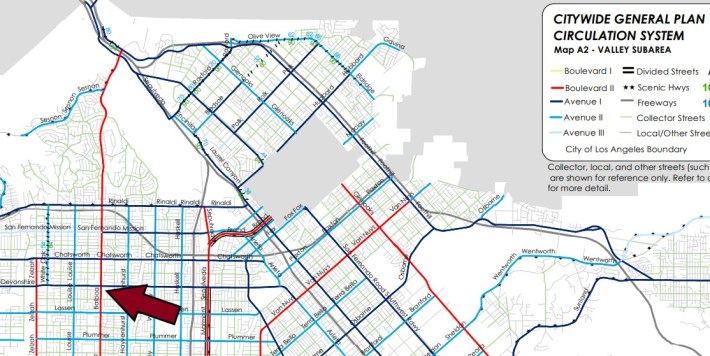
The city's Standard Street Dimensions [pdf] specify that a Boulevard II has an 80-foot roadway and two 15-foot sidewalks.

The current project is bringing Balboa up to the city's planned 80-foot roadway width. But it's doing so by narrowing a sidewalk that is already not up to code (the sidewalk plan calls for 15 feet - the sidewalk was 13 feet before the city narrowed it to ten feet.) So the city engineers are looking at a constrained right-of-way and saying that they need to bring the car facility up to standards, but at the same time are ignoring standards for the walk facility.
The city's 2015 Mobility Plan [bike map] also specifies that this part of Balboa gets basic bike lanes. But the city project allocates space where bike lanes would go. Instead of bike safety, the city prioritizes dual left turn lanes. Theoretically, the city could do fairly unconventional narrow lane widths and squeeze the bikeway in... but (like with the sidewalk standard above) city engineers tend to insist on full standard width for car lanes, then claim there just isn't enough width left for bike lanes.
Arguably Measure HLA might be used to require installing the planned bike lanes here. But, when HLA took effect (April 2024), the Balboa project was perhaps already too far along in the city project process to incorporate bike lanes (planned in 2015). The project is also using some federal grant funding, and the city has asserted that it won't re-scope grant-funded projects to comply with HLA, because that might jeopardize funding.
It's 2025. The city is experiencing record heat waves, terrifyingly destructive wildfires, increasing traffic deaths, and a major budget shortfall. But, for just three million dollars, Balboa Boulevard is three feet wider.

